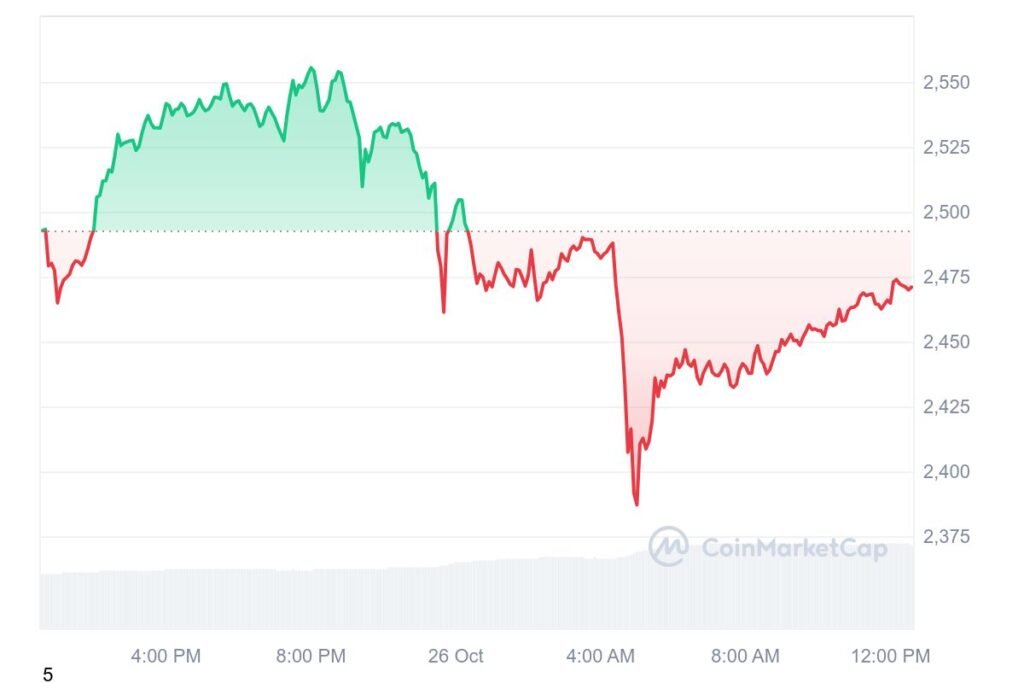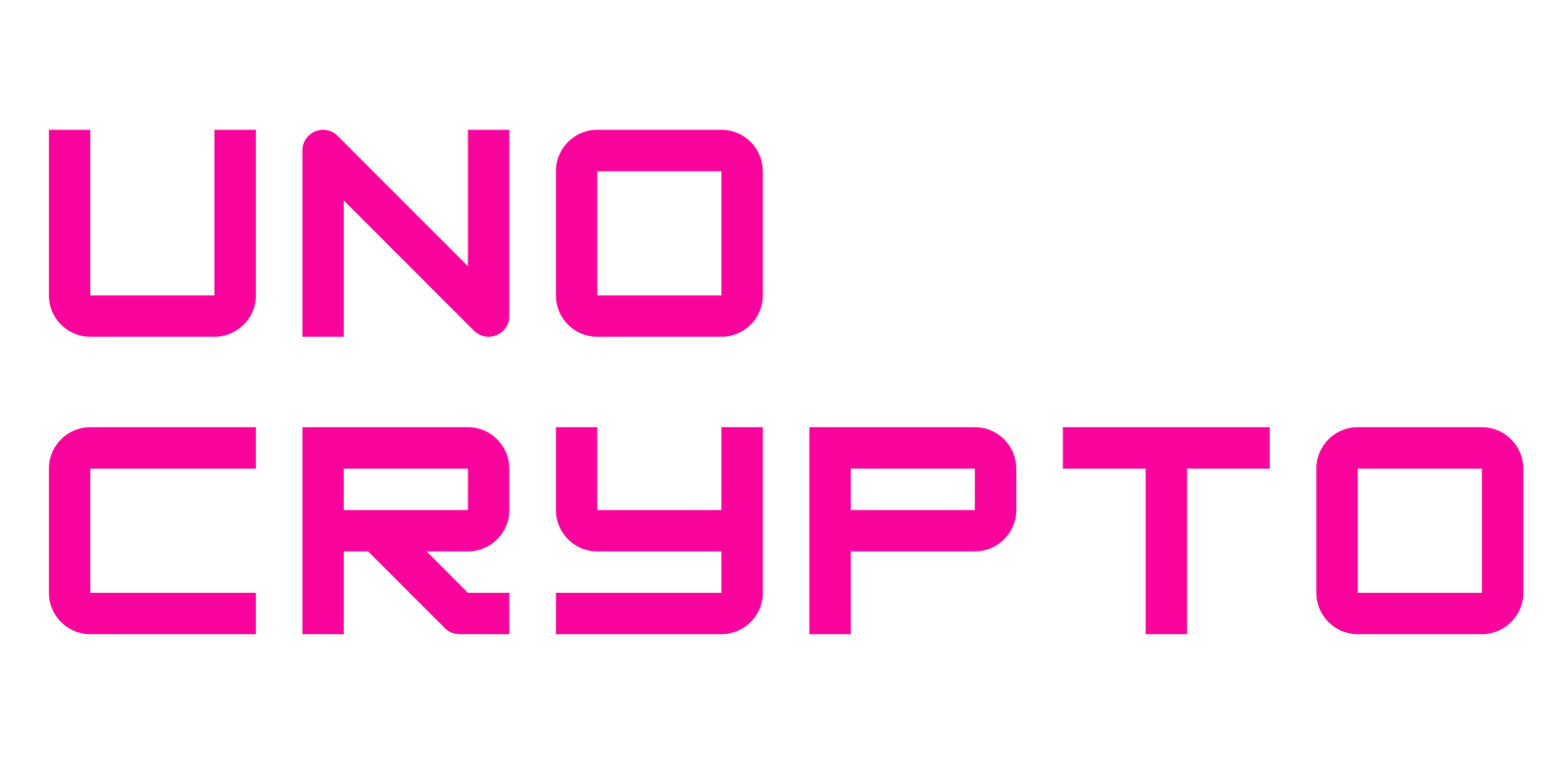Ethereum Co-founder Vitalik Buterin has laid down another vision for blockchain development. The integration of Helios, a multichain light client, into user wallets on desktop and mobile platforms is a recent advancement in Ethereum’s scaling plan that Buterin brought to light.
This step makes it possible for Ethereum’s Layer 1 and Layer 2 networks to efficiently verify light clients, which is essential for preserving the network’s resilience as it grows.
However, the news came out with the background of the Ethereum price falling drastically. At the press time, the coin is trading at $2,471.38, down 0.81% as compared to the same time last day. Earlier in the trading day, the price of ETH had fallen as low as $2387.1.

How Does Helios Integration Work?
By eliminating the need for users to run complete nodes, Helios seeks to streamline the verification process for Ethereum users. Ethereum’s goal of a highly interoperable ecosystem teeming with hundreds of rollups is supported by this integration, which makes it easier to confirm the legitimacy of transactions in a user-friendly environment.
Adoption of Helios and related light clients has the potential to greatly improve ecosystem sustainability and user security.
Since rollup operators now have to oversee a complete node for every chain they engage with, the solution is intended to lessen their operational load. Operators will use an effective light client instead with Helios, which will streamline operations and cut down on overhead.
In light of Ethereum’s efforts to move toward a time when these operators can do their duties without the burdensome requirement for vast node networks, this development is very noteworthy.
Buterin Gets Vocal About Ethereum’s Future Goals
Buterin has recently been extremely vocal about the developments in the Ethereum blockchain. Previously, the co-founder of Ethereum had revealed his ideas to make the Ethereum ecosystem more computationally affordable. Buterin declared “The Verge” in order to bring this scheme to fruition.
It is currently possible to run a node on a consumer laptop, however it is difficult. The Verge aims to change this by making the chain’s full verification so computationally inexpensive that it is carried out automatically by all smart watches, internet wallets, and mobile wallets.
Additionally, in a previous paper, Vitalik Buterin talked about enhancing Ethereum’s proof-of-work mechanism. Achieving single-slot finality—blocks being verified in a single slot—and democratizing staking by reducing the staking requirement to 1 ETH were his two main objectives.
To do this, he suggested three potential approaches: enhancing the signature aggregation process, incorporating the Orbit committee structure, and putting in place a two-tier staking scheme.


